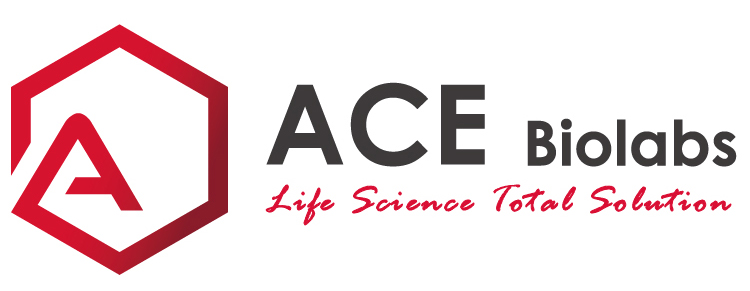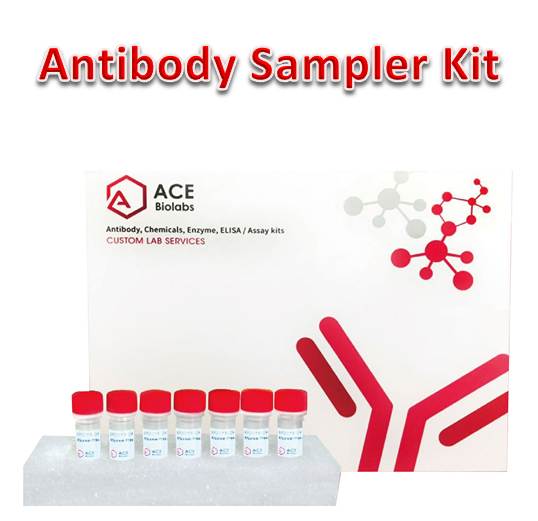Antibody, Antibody Sampler Kit
Apoptosis (Caspase & Bcl-2 family) Antibody sampler kits
- Catalog Number : AK0124
- Number :
-
Size:
Qty : - Price : Request 詢價
- Stock : Request
Introduction
Apoptosis is a regulated physiological process leading to cell death. Caspases, a family of cysteine acid proteases, are central regulators of apoptosis. Initiator caspases (including 8, 9, 10 and 12) are closely coupled to proapoptotic signals. Once activated, these caspases cleave and activate downstream effector caspases (including 3, 6 and 7), which in turn cleave cytoskeletal and nuclear proteins like PARP, α-fodrin, DFF and lamin A, and induce apoptosis. Cytochrome c released from mitochondria is coupled to the activation of caspase-9, a key initiator caspase. Proapoptotic stimuli include the FasL, TNF-α, DNA damage and ER stress. Fas and TNFR activate caspases 8 and 10, DNA damage leads to the activation of caspase-9 and ER stress leads to the calcium-mediated activation of caspase-12. The inhibitor of apoptosis protein (IAP) family includes XIAP and survivin and functions by binding and inhibiting several caspases. Smac/Diablo, a mitochondrial protein, is released into the cytosol upon mitochondrial stress and competes with caspases for binding of IAPs. The interaction of Smac/Diablo with IAPs relieves the inhibitory effects of the IAPs on caspases.The Bcl-2 family consists of a number of evolutionarily conserved proteins containing Bcl-2 homology domains (BH) that regulate apoptosis through control of mitochondrial membrane permeability and release of cytochrome c (1-3). Four BH domains have been identified (BH1-4) that mediate protein interactions. The family can be separated into three groups based upon function and sequence homology: pro-survival members include Bcl-2, Bcl-xL, Mcl-1, A1 and Bcl-w; pro-apoptotic proteins include Bax, Bak and Bok, and "BH3 only" proteins Bad, Bik, Bid, Puma, Bim, Bmf, Noxa and Hrk. Interactions between death-promoting and death-suppressing Bcl-2 family members has led to a rheostat model in which the ratio of pro-apoptotic and anti-apoptotic proteins controls cell fate (4). Thus, pro-survival members exert their behavior by binding to and antagonizing death-promoting me
General Information
| Reactivity | Human, Mouse, Rabbit |
|---|---|
| Application | WB, ELISA |
| Host | Rabbit |
| Storage instruction | Store at -20℃. Avoid freeze / thaw cycles. |
| Research topic | Regulation of Apoptosis |
PRODUCT INCLUDES
|
Cat No. |
Product name |
Quantity |
Applications |
Reactivity |
Host |
|
A340389 |
Cleaved-Caspase-3 p17 (D175) Polyclonal Antibody |
20μL |
WB, IHC-p, IF, ELISA |
Human, Mouse, Rat |
Rabbit |
|
A340394 |
Cleaved-Caspase-9 p35 (D315) Polyclonal Antibody |
20μL |
WB, IHC-p, IF, ELISA |
Human |
Rabbit |
|
A340445 |
Bax Polyclonal Antibody |
20μL |
WB, IF, ELISA |
Human, Mouse, Rat |
Rabbit |
|
A340448 |
BID Polyclonal Antibody |
20μL |
WB, IHC-p, ELISA |
Human, Mouse |
Rabbit |
|
A1013s |
Goat Anti-Rabbit IgG (H+L) (peroxidase/HRP conjugated) |
120μL |
WB, ELISA |
Rabbit |
Goat |







.png)